Chef’s Table By Katsuhito Inoue offers an imaginative menu and one-of-a-kind dining experience that celebrates flavour, craftsmanship, and an artistry.
By Amy Van
Images: THE RITZ- CARLTON, KYOTO
Chef’s Table by Katsuhito Inoue is a hidden gem within The Ritz-Carlton, Kyoto. Unveiled in October 2024, the newly transformed space pays homage to Kyoto’s rich culinary heritage, reimagined through the refined lens of modern kaiseki cuisine.
Tucked away behind a sliding door is an intimate space whose table is decked with the most beautiful seasonal arrangement — as if you are dining in a miniature garden. Positioned just in front of the table is a counter where Chef Katsuhito Inoue and his team demonstrate their culinary artistry.
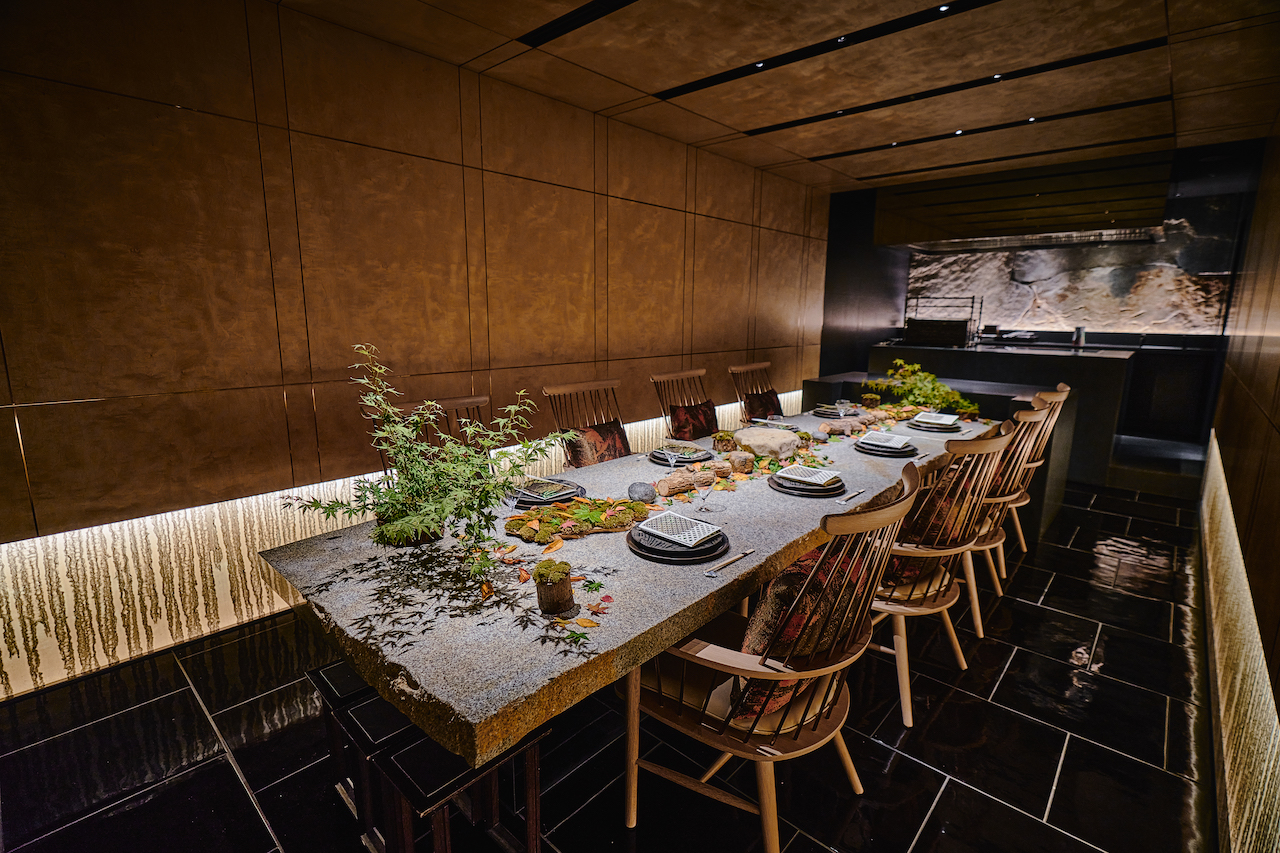
The chef was raised in a family with deep culinary roots. His grandfather operated a high-end wagyu business, and his father ran a prestigious steakhouse. After honing his skills in some of Europe’s top kitchens, including those in Spain and Italy, Katsuhito developed a modern approach to cooking while staying true to his family’s traditions. Prior to this, he was head chef at Bvlgari Il Ristorante Luca Fantin.
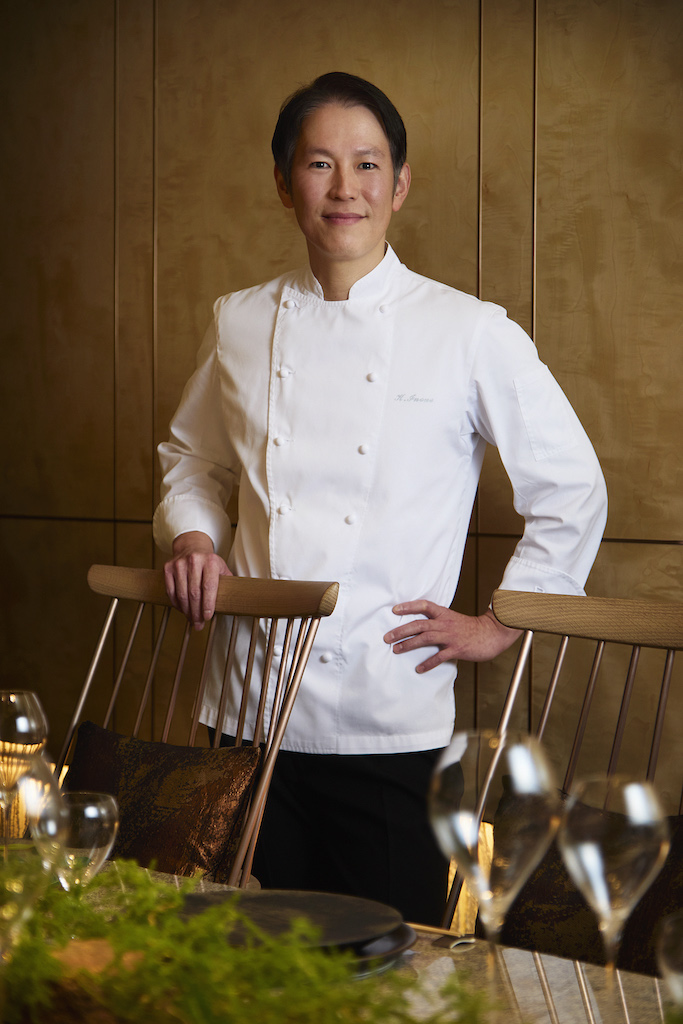
For the chef, dining is not only about aesthetics and flavour but also about promoting well-being and harmony with nature. Embracing Kyoto’s tradition of zero-waste cooking, he draws inspiration from the city’s centuries-old ethos of collective betterment. His philosophy is deeply rooted in Kyoto’s 72 micro-seasons, with creations that reflect the ever-changing landscape and seasonal bounty.
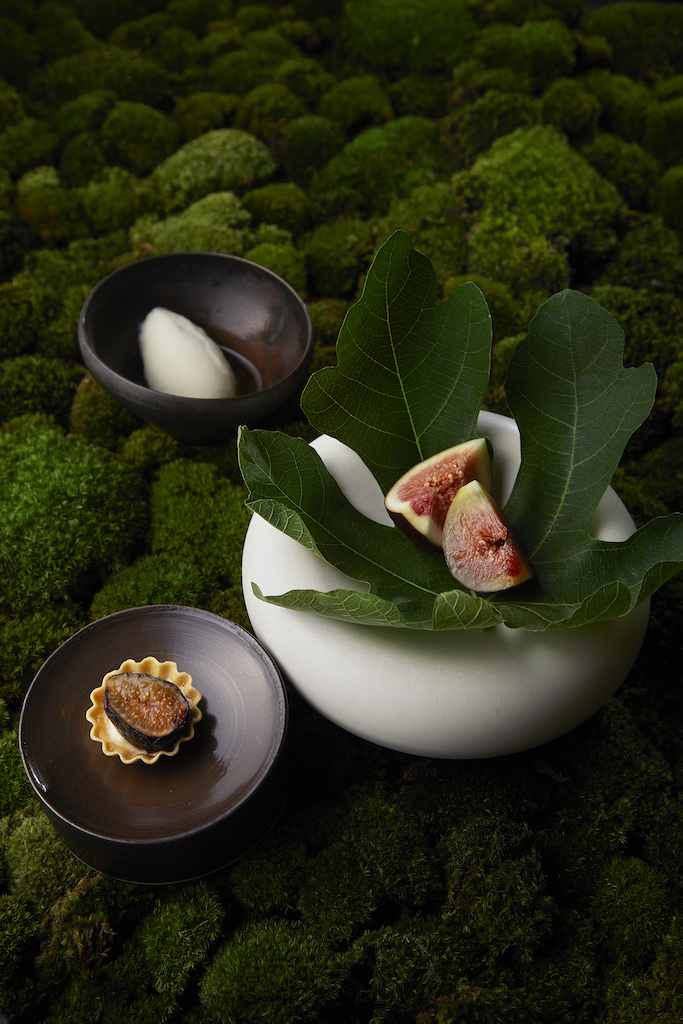
The culinary journey in this unique space is elevated via a collaboration with the hotel’s gardener Kouki Suzuki (who is involved in hand-picking the foliage and flowers). The carefully selected natural granite stone for the tabletop enhances the presentation of the ingredients and chef’s creations. Furthermore, every element, from the cutlery to the tableware, has been thoughtfully crafted in collaboration with local artisans. The chef tells us more about the restaurant’s concept and culinary philosophy:
What’s unique about the Chef’s Table and what can guests expect?
The heart of the Chef’s Table experience lies in preparing each dish in front of our guests. While meticulous preparation is done in advance — from carefully handling ingredients to drawing broth over hours — cooking takes place just in time for serving, with only minimal finishing touches.
Techniques like grilling, boiling, steaming, and frying are all executed right in front of the guests, allowing them to experience each dish with all five senses. We believe the essence of the Chef’s Table is for guests to enjoy the full process of creation in real time, from the sizzling sounds and fragrant aromas to the rising steam and vibrant colours, making each moment as memorable as the dish itself.
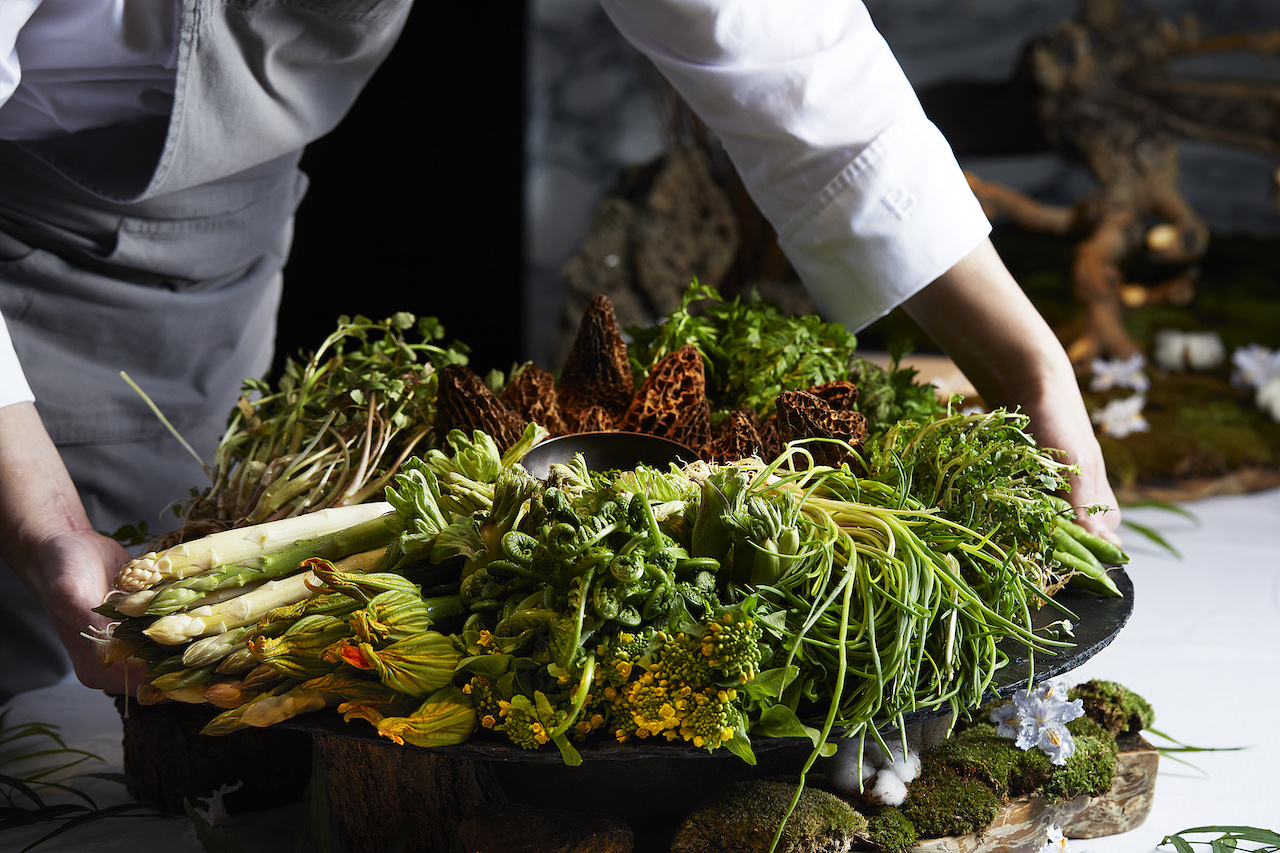
Guests will get to experience the evolution of kaiseki cuisine like never before, where each bite resonates with the timeless spirit of Kyoto. Since moving to Kyoto and working closely with local producers, I’ve gained a profound appreciation for the significance and responsibility of participating in agriculture here. As a chef and cultural steward, my role extends beyond creating and serving food — it is about thoughtfully preserving the cultural legacy and ensuring that this heritage endures for future generations.
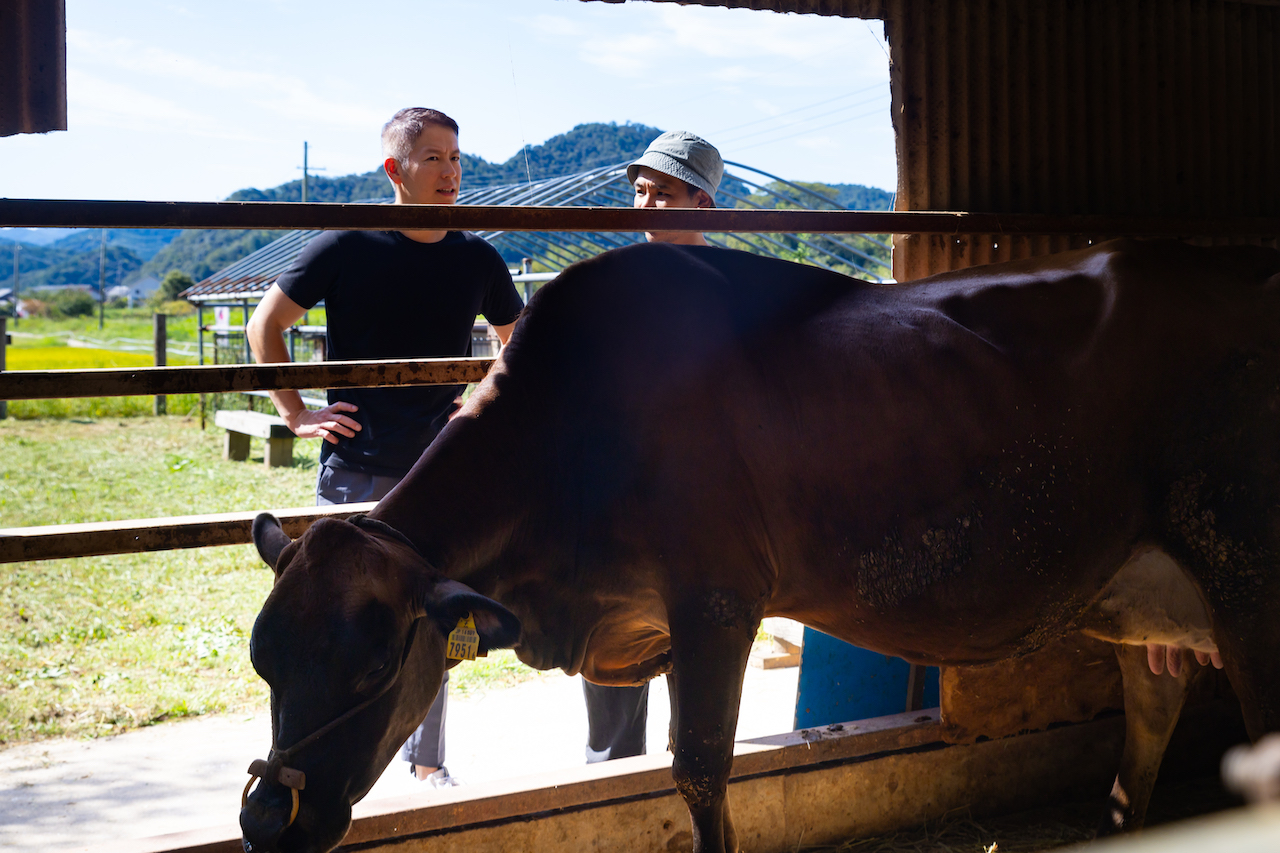
What are some of the most unique ingredients you’ve sourced from Kyoto?
Fresh fish, prawns, octopus, shellfish, and other seafood arrive from Awaji each morning, alongside seasonal Kyoto vegetables, local eggs, milk, produce grown by generations of farmers, and meticulously nurtured beef. These are irreplaceable gifts, each imbued with a unique life. No two days bring the same ingredients; it is both my role and mission as a chef to respect this life and bring out the best in each. Daily changes in these offerings inspire new creations and deepen our connection to nature and the cycle of life. We strive to convey the depth and seriousness of this story to our guests, inviting them to experience the narrative within each ingredient.
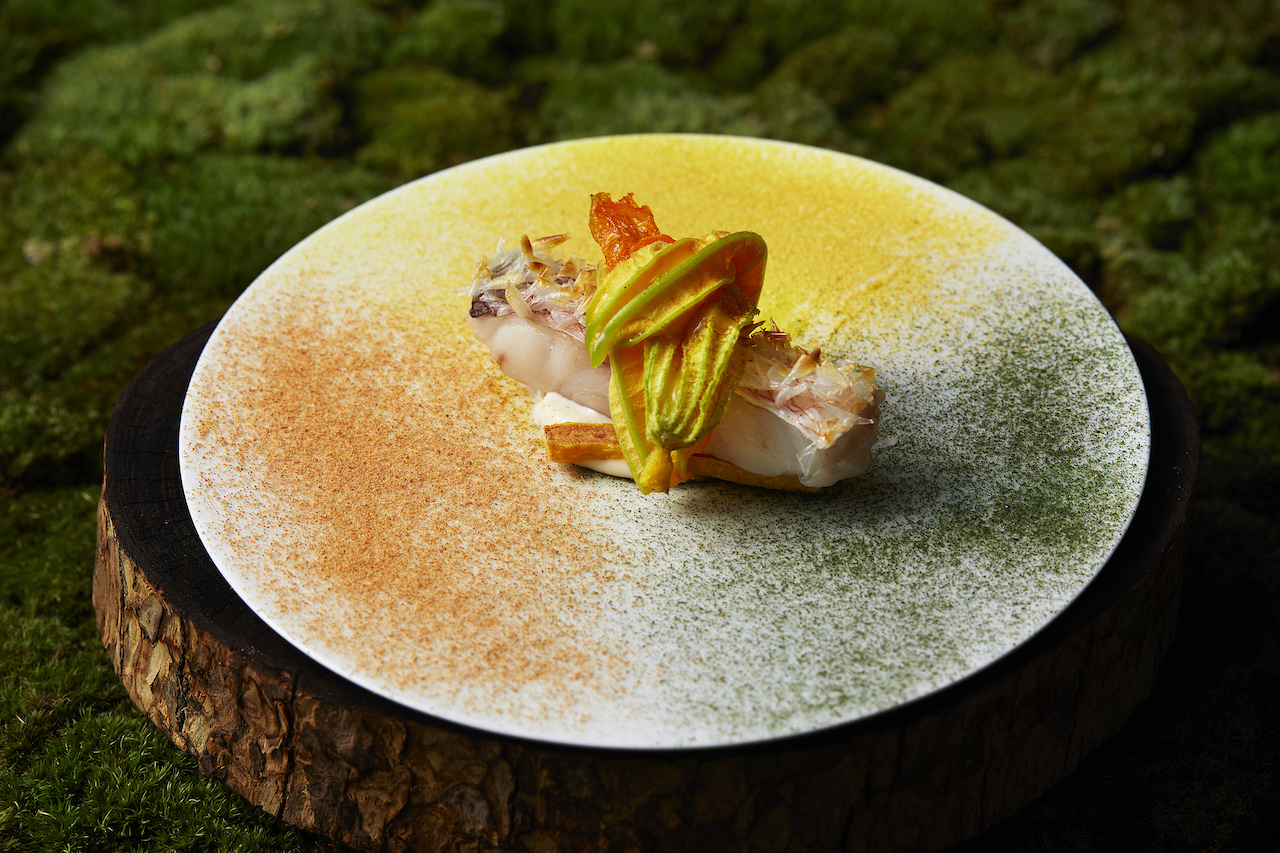
Tell us more about the water you use
Every morning, we draw pure groundwater from a sacred shrine in Kyoto to create the foundational stock for our cuisine. This water, with its clear taste and soft texture, is essential to elevate the flavours of each dish. In Japan, there is a longstanding tradition of hospitality in which hosts draw fresh water before welcoming guests, using it to prepare tea as a gesture of offering the purest and most pristine refreshment.
This practice reflects the Japanese spirit of “omotenashi” — welcoming guests with deep sincerity. Kyoto’s soft water is especially suited to drawing out the delicate flavours of Japanese ingredients and is the very base of our culinary creations. We are deeply committed to preserving the quality of Kyoto’s water to provide our guests with an experience of true refinement.
Can you share more about your rice-centered cuisine?
In the “ojiya” rice dish served at the end of the meal, we capture the spirit of Japan’s 72 micro-seasons, reflecting each subtle change in nature. But rice is not always used in its simple form. We dry and fry rice to create chips that mimic fish scales, adding an accent to seafood dishes, and we explore rice’s versatility through diverse techniques. For example, rice straw is used to smoked dishes for a rich, smoky aroma, while homemade fermented seasonings are crafted from rice malt to deepen flavours. By leveraging rice’s starch for a soft texture and incorporating it in inventive ways, we introduce a unique depth to each dish, showcasing rice’s potential across the seasons.
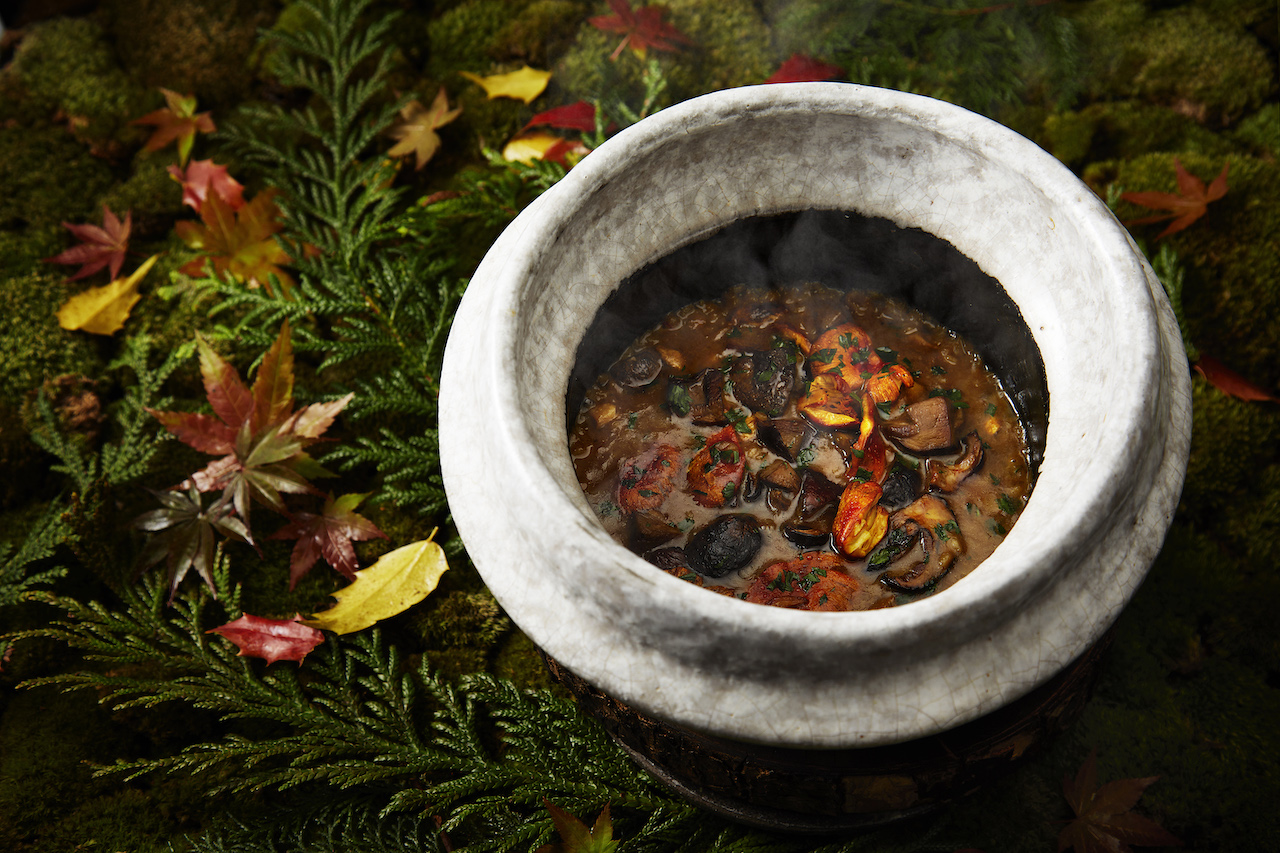
How do you embrace Kyoto’s tradition of zero-waste cooking?
To achieve a “zero-disposal” approach to cooking, I incorporate a variety of resourceful techniques. For example, vegetable trimmings are used to make homemade bread, and we create stock from the day’s fish bones, which become a rich base for soups and sauces. Even vegetable scraps are soaked in vinegar to add subtle aroma, and no part of any ingredient goes to waste. We further maximise flavours by slow-cooking peels and cores into seasonings and incorporating inedible parts into miso preparation.
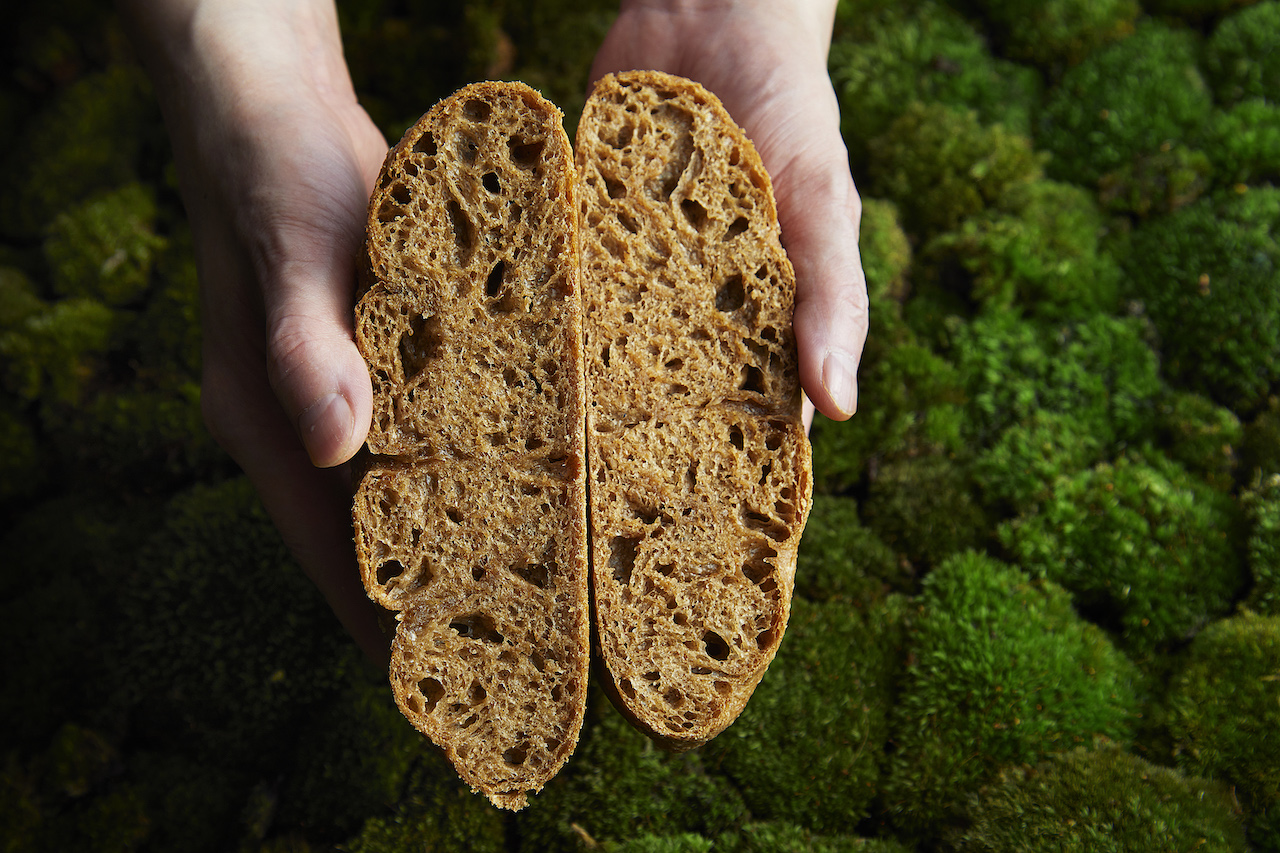
This philosophy is inspired by the “spirit of sashiwari” that deeply rooted in Kyoto. The word “sashiwari” means “from beginning to end,” or in other words, the spirit of using everything with care until the very end, a mindset that values using everything with respect. For a chef, it’s essential to creatively use all ingredients to the fullest, and this approach not only minimizes waste but fosters originality and innovation. We believe that these efforts give rise to unique dishes, memorable experiences, and meaningful advancements in culinary practice.
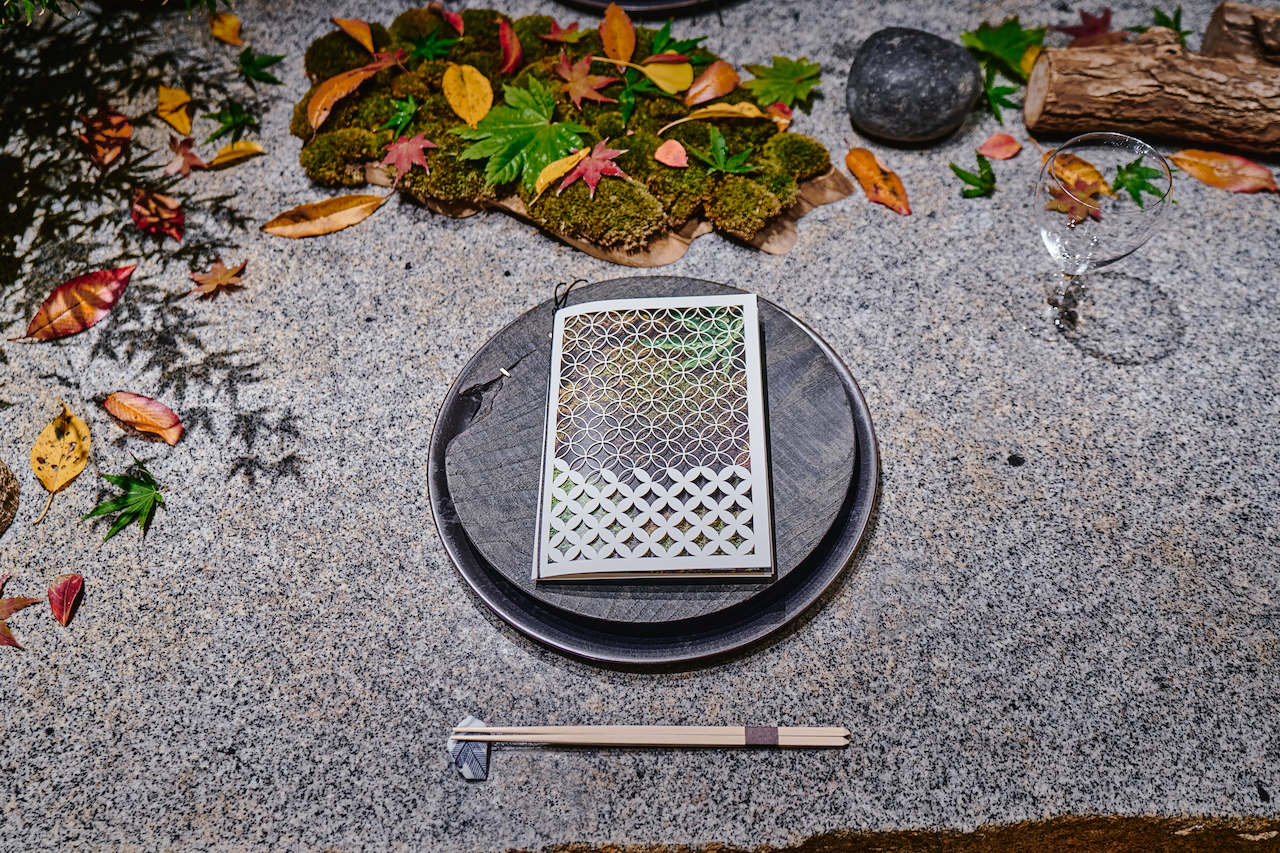
______
The Ritz-Carlton, Kyoto, 1F, Kamogawa Nijo-Ohashi Hotori, Nakagyo-ku, Kyoto, Japan 604-0902
8 seats at 18:00 with a single seating time
Closed on Sundays and Mondays
For reservations, email: rc.kyoto.restaurant.reservation@ritzcarlton.com
